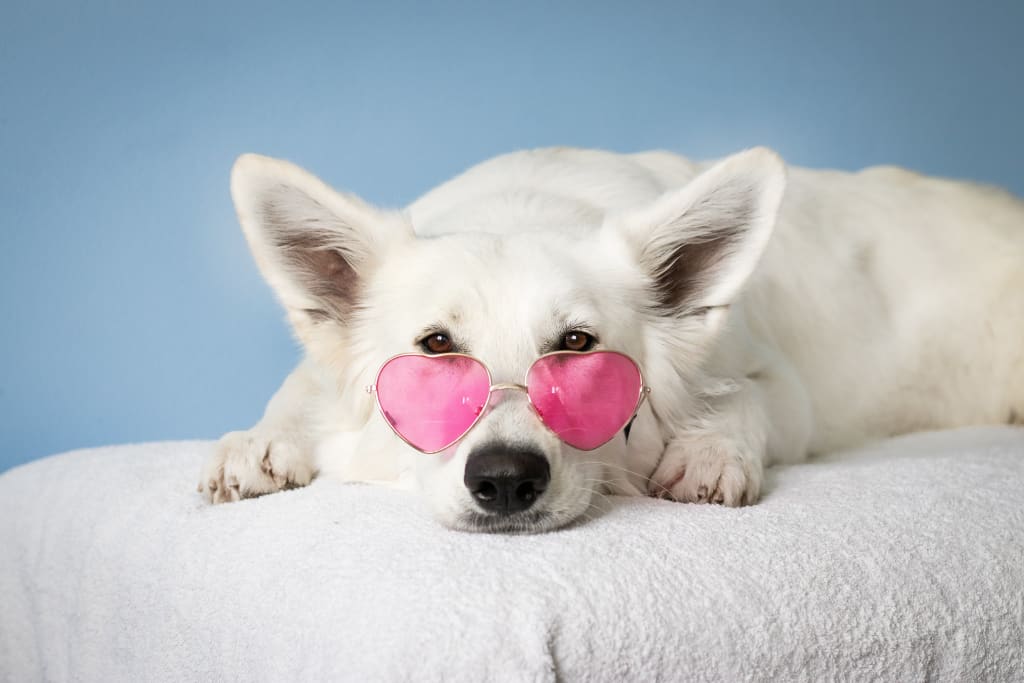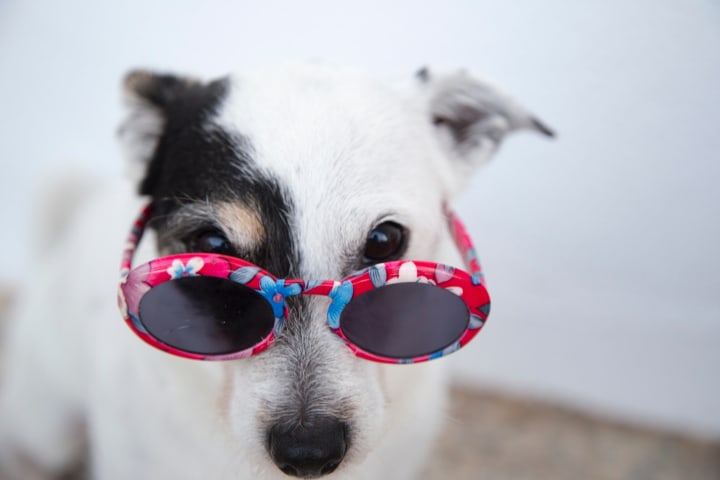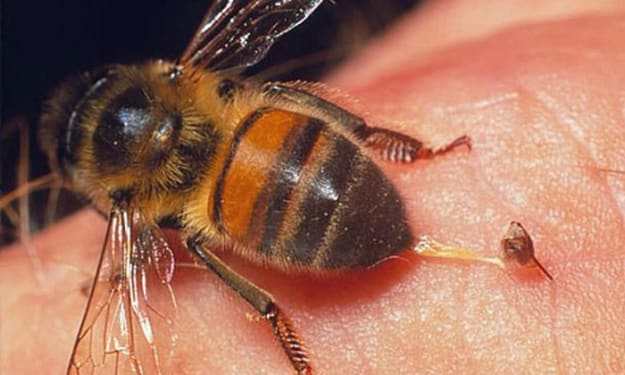Are dogs color blind?
Unveiling the truth about color vision in dogs

The question of whether dogs are color blind has been a long-standing curiosity among pet owners and enthusiasts. The popular belief that dogs see the world in shades of gray has perpetuated, but let's embark on a journey into the realm of canine vision and uncover the fascinating reality behind this age-old query.
The Myth of Monochrome Vision:
It's commonly asserted that dogs see the world in black and white, a notion rooted in the understanding that dogs have fewer color receptors, or cones, in their eyes compared to humans. While it is true that human vision is more color-rich due to three types of cones sensitive to different wavelengths, dismissing dogs as completely color blind oversimplifies the intricacies of their visual perception.
Understanding Canine Color Vision:
Recent scientific studies have revealed that dogs are not, in fact, color blind in the way the term is commonly understood. While they don't perceive the full spectrum of colors that humans do, dogs have a dichromatic vision, meaning they see a limited range of colors. Their world is not rendered in monochrome but rather in hues of blue and yellow.
The Role of Cones in Vision:
In human eyes, the three types of cones enable us to perceive a broad spectrum of colors, including red, green, and blue. Dogs, on the other paw, primarily rely on two types of cones: blue and yellow. This means they can distinguish between blue and yellow hues but struggle with differentiating between reds and greens.
The Impact on Daily Life:
Understanding the nuances of canine color vision provides insights into how dogs navigate their surroundings. While they may not appreciate the vibrant red of a ball as vividly as we do, the contrast between the blue sky and green grass is discernible. Dogs rely on their keen sense of smell and other visual cues to compensate for any color-related limitations, making them adept hunters and loyal companions.

Evolutionary Adaptations:
The evolution of canine vision is closely tied to their ancestral roles as hunters and scavengers. The ability to distinguish between certain colors, particularly those found in the natural environment, conferred a survival advantage. While their color vision may not match the richness of ours, dogs have evolved a visual system perfectly suited to their needs.
Tailoring Interactions to Canine Vision:
Understanding the spectrum of colors dogs can perceive has practical implications for pet owners. Opting for toys in shades of blue or yellow, as opposed to red or green, can enhance a dog's engagement. This insight can also guide training methods, recognizing that visual cues may need to be accompanied by other sensory stimuli for optimal communication.

Challenges in Canine Color Vision and Their Causes:
While dogs possess a remarkable visual system tailored to their evolutionary needs, it's essential to acknowledge the challenges they may face in discerning certain colors. The limited number of cones in their eyes, particularly the absence of cones sensitive to red wavelengths, can lead to difficulties in distinguishing between reds and greens. This can have practical implications, especially in environments where these colors are prevalent. For instance, a red ball on green grass may not stand out as prominently for a dog as it would for a human. Understanding these nuances allows us to adapt our interactions and environments to better accommodate our canine companions, ensuring their well-being and optimizing their experiences in our color-rich world.
In demystifying the question of whether dogs are color blind, we unveil the intricate world of canine vision. While dogs may not revel in the full spectrum of colors, their dichromatic vision is far from a black-and-white experience. Appreciating the unique way in which dogs see the world deepens our understanding of their evolutionary journey and strengthens the profound bond we share with our four-legged companions. So, the next time you reach for a dog toy, consider the hues that best align with their vision, and embark on a colorful journey of companionship with your furry friend.
About the Creator
ZEYAD RABAIAH
Meet Zeyad, an experienced journalist on the mission of revealing the network's news and facts. With great care for accuracy and commitment to the truth.
Enjoyed the story? Support the Creator.
Subscribe for free to receive all their stories in your feed.






Comments
There are no comments for this story
Be the first to respond and start the conversation.